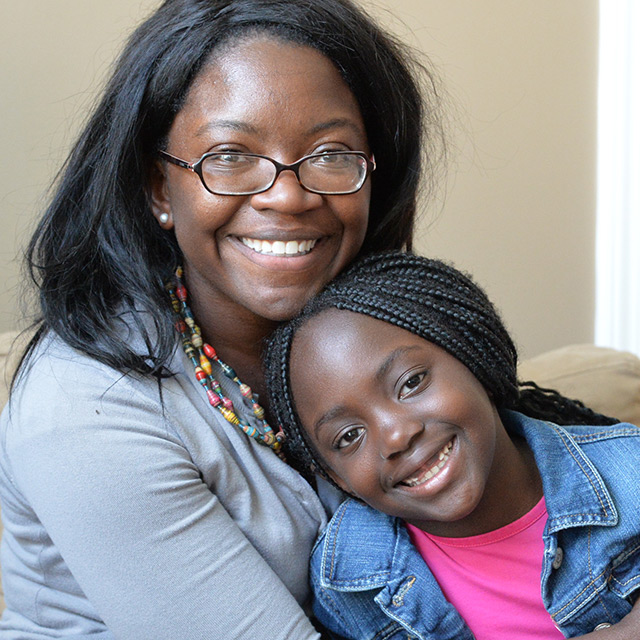September is sickle cell awareness month. Learn more about this blood disease from a mother whose son has it.
Sickle cell anemia is the single most common inherited blood disease in the United States, affecting more people than ALS, cystic fibrosis and most pediatric cancers. Unfortunately, because of the population that it affects, it doesn’t get as much press as other hereditary diseases.
Sickle cell anemia primarily affects people from African, Middle Eastern, Mediterranean, South American and Caribbean countries or those backgrounds. It is believed that the gene that causes sickle cell trait (not the full-blown disease) was a genetic protective advantage in areas where malaria is present. Unfortunately, this gene also creates a subpopulation of people who have both genes for the sickle cell disease. As a recessively inherited disorder, if both parents have sickle cell trait (are carriers), they have a 25 percent risk of having a child with sickle cell disease.
Sickle cell anemia creates crescent-shaped red blood cells that are not as flexible as regular circular blood cells. Because of this, the crescent-shaped cells can get stuck in all of the organs of the body including the kidneys, spleen, brain, eyes and bones. This increases a child’s risk for stroke, pain “crises” and infections. Because the body’s red blood cells are not operating at maximum capacity, oxygen is chronically not being delivered to the organs as it is supposed to be.
Fortunately, sickle cell disease and the natural history of it have changed significantly over the past 30 to 40 years. It used to be that this disease was more-or-less a sentence to a significantly shortened lifespan. As recently as 1994, people with the disease could only expect to live into their 40s. Now with increased, more stringent monitoring and new medications, life expectancy has increased for many into the 60s and 70s.
I am passionate about this disease because this has affected my family. When my son was 2 weeks old, we received a phone call from the state Department of Health to notify us that he had sickle cell disease. It was the most life-changing phone call of my life. All 50 states require screening for sickle cell disease and sickle cell trait. This is because early intervention and prompt monitoring has significantly decreased mortality.
We started on a regimen of daily antibiotics and vitamins. In addition to the regular vaccine schedule, our son receives special vaccines to prevent bacterial infections for those with compromised immune systems. We also follow up with our hematologist every three to four months. Like many parents of children with chronic illnesses, we have to worry about exposure to other sick kids and juggle medical expenses and appointments, on top of the regular day-to-day parenting issues. Being a pediatrician does not spare me from having to be a parent who worries about her child and whether not the best care is being provided.
Sickle cell anemia is the single most common cause of strokes in children. As children with the disease grow older, much care needs to be paid to school performance and behavior because the mini strokes that they can have may affect cognitive function. Also, stamina during regular childhood activities can be affected. Care needs to be taken for those affected by both sickle cell anemia and sickle cell trait not to become too dehydrated during strenuous physical activity in very hot or very cold conditions.
Proper infection prevention, hydration and stress reduction are important for preventing crises. Education is paramount for parents who might be at high risk for conceiving a child with sickle cell anemia. Compliance with prescribed medications is also key. Most importantly, it is essential that friends and family of those affected with sickle cell anemia are understanding and compassionate about the burden that this creates for the families who are affected. It is a lifelong and constant battle between being vigilant about your child’s health and providing a semblance of normalcy.
This post was written by Tobi Amosun, M.D., a board-certified local pediatrician. She is a wife and mother of two who loves cooking, traveling and photography. She is fluent in Spanish and aspires for her house to look as fabulous as her Pinterest boards.
Also read one teen’s message to others with sickle cell anemia: “You’re not alone.”

Learn more about sickle cell through the Vanderbilt-Meharry-Matthew Walker Center of Excellence in Sickle Cell Disease at Monroe Carell Jr. Children’s Hospital at Vanderbilt.

